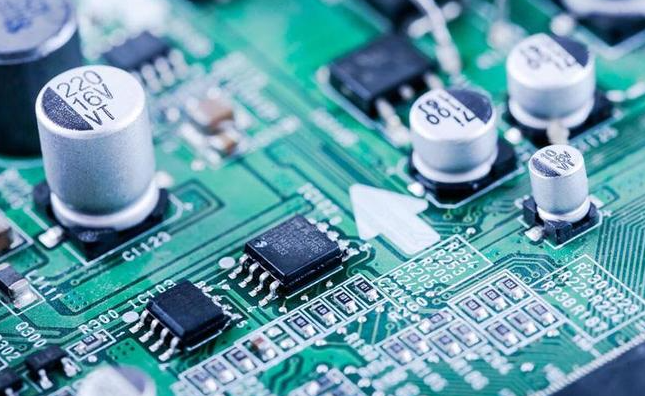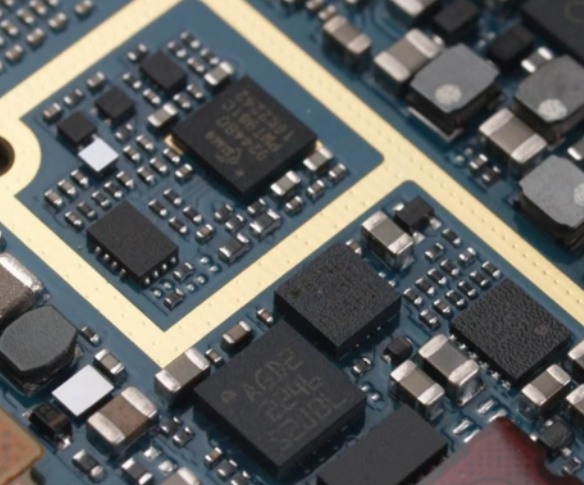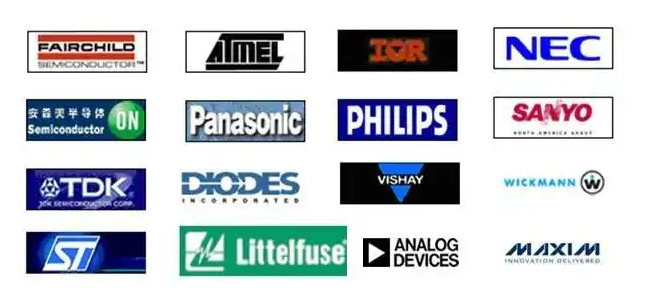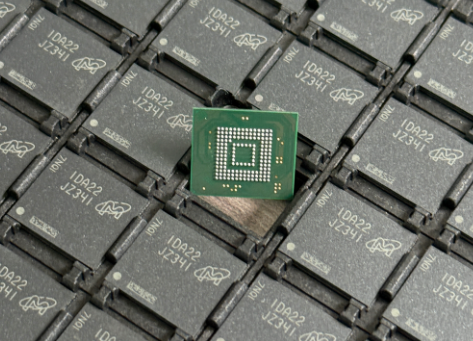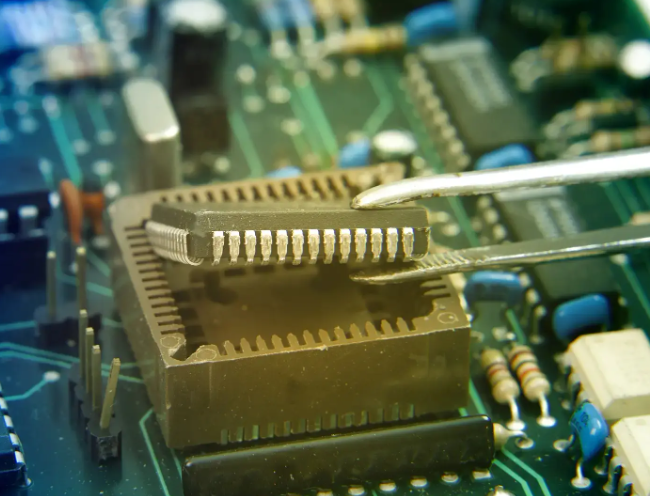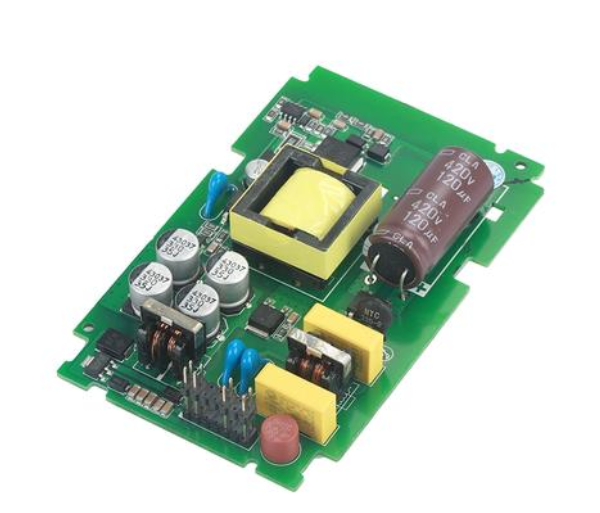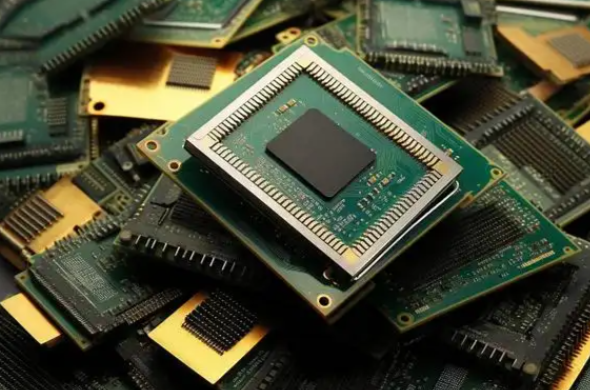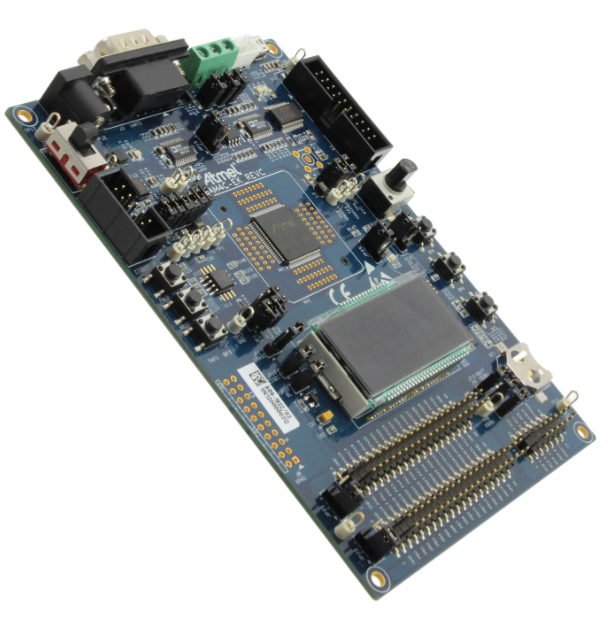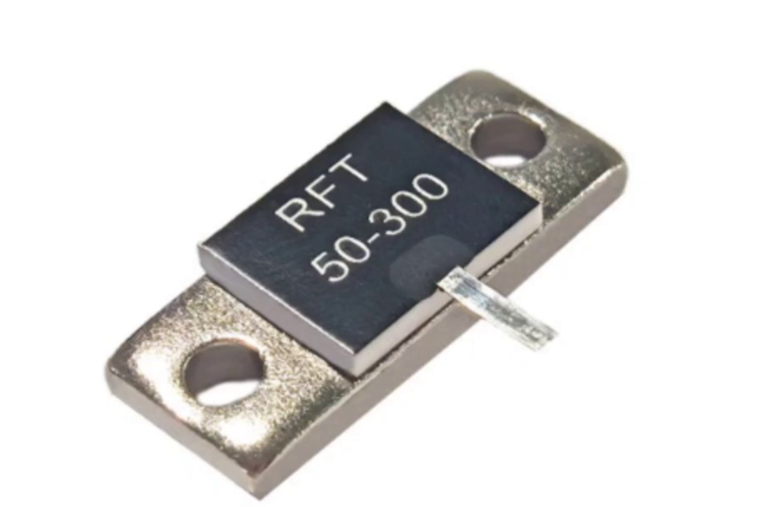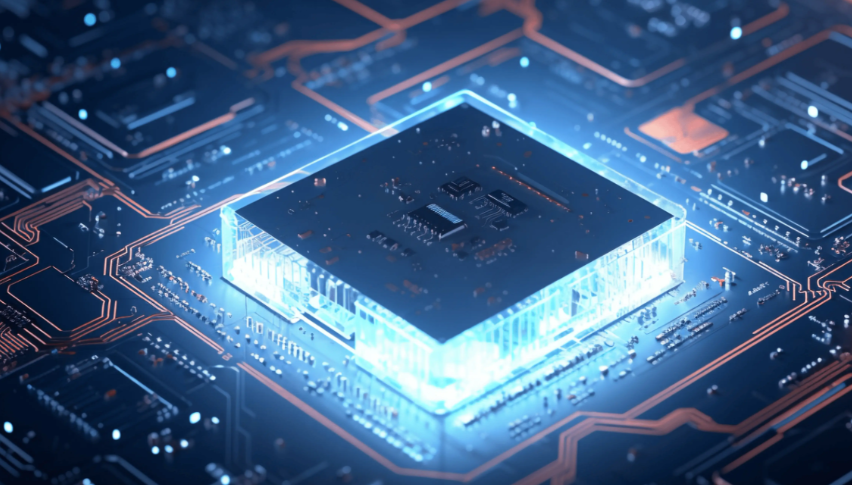Classification of Electronic Components
Introduction
In the intricate world of electronics, components are the fundamental building blocks that bring circuits to life. From the simplest flashlight to the most advanced supercomputer, every electronic device relies on a vast array of components working in harmony. Understanding how these components are classified is not just academic; it is essential for engineers, hobbyists, procurement specialists, and anyone involved in the design, repair, or sourcing of electronic equipment. A proper classification system allows for efficient circuit design, troubleshooting, and inventory management. This article provides a comprehensive overview of the classification of electronic components, delving into the primary categories based on function, the critical distinction between active and passive components, and modern classification trends. For professionals seeking a reliable source for all these components, platforms like ICGOODFIND offer a streamlined and trustworthy solution for sourcing everything from common resistors to rare integrated circuits.

Main Body
Part 1: Core Classification by Function
The most intuitive and widely used method for classifying electronic components is by their specific function within a circuit. This functional taxonomy groups components based on the primary role they play, such as managing current, storing energy, or switching signals.
-
Resistors: These are perhaps the most common electronic components. Their primary function is to oppose the flow of electric current, thereby controlling voltage and current levels within a circuit. They are measured in Ohms (Ω). Types include fixed resistors, variable resistors (potentiometers and rheostats), and specialized varieties like thermistors (resistance changes with temperature) and photoresistors (resistance changes with light).
-
Capacitors: Acting as tiny rechargeable batteries, capacitors store and release electrical energy in an electric field. They are crucial for filtering noise from power supplies, stabilizing voltage, and timing circuits. Their capacitance is measured in Farads (F). They can be non-polarized (e.g., ceramic, film) or polarized (e.g., electrolytic, tantalum), requiring correct orientation in a circuit.
-
Inductors: Also known as coils or chokes, inductors store energy in a magnetic field when electric current flows through them. They inherently resist changes in current, making them vital in filtering applications, power supplies, and radio frequency (RF) circuits. Their inductance is measured in Henrys (H).
-
Diodes: These are semiconductor devices that act as one-way valves for electricity. Their key function is to allow current to flow in one direction only while blocking it in the reverse direction. This property is used for rectification (converting AC to DC), signal demodulation, and voltage protection. Light-Emitting Diodes (LEDs) are a special type that emits light when current passes through them.
-
Transistors: Serving as the fundamental building blocks of modern electronics, transistors are semiconductor devices used to amplify or switch electronic signals. They can act as controllable switches or amplifiers, making them indispensable in everything from analog amplifiers to digital microprocessors. Bipolar Junction Transistors (BJTs) and Field-Effect Transistors (FETs) are the two main families.
-
Integrated Circuits (ICs): An IC is not a single component but a miniaturized assembly of hundreds to billions of transistors, resistors, capacitors, and other components fabricated onto a single chip of semiconductor material. They are classified by their function, such as microprocessors, memory chips, operational amplifiers (op-amps), and logic gates.
Part 2: The Fundamental Active vs. Passive Distinction
Beyond functional grouping, the most critical high-level classification is the division of all electronic components into two overarching categories: active and passive. This distinction is based on a component’s ability to introduce energy into a circuit or control electron flow via another electrical signal.
-
Passive Components: These components cannot introduce net energy into a circuit they are connected to. They can only absorb or dissipate energy from a signal; they cannot amplify it. Crucially, they do not require any external power source for their basic operation (aside from the signal they are manipulating). Their behavior is typically linear. The quintessential examples of passive components are resistors, capacitors, and inductors. They are characterized by their impedance.
-
Active Components: In stark contrast, active components are devices that can amplify a signal or control its flow. They require an external power source to operate and are capable of introducing power into a circuit. Most importantly, they can use a small electrical signal to control a much larger signal, providing gain. All semiconductor devices, including diodes, transistors, and integrated circuits (ICs), are classified as active components. Vacuum tubes are also historic active components.
This active/passive dichotomy is fundamental because it dictates how components are used in circuit design. Active components provide the gain and intelligence, while passive components shape, filter, and set the operating conditions for the active ones.
Part 3: Modern Classification and Sourcing Considerations
The landscape of electronic components has evolved significantly, leading to more nuanced classification methods beyond the traditional ones.
-
Electromechanical Components: This category blurs the line between electrical and mechanical function. These components use an electrical signal to cause a mechanical movement, or vice versa. Examples include relays (electrically operated switches), switches, connectors, and fuses. While they may contain both passive and active elements, they are often treated as a separate category due to their moving parts.
-
Sensors and Transducers: A rapidly growing category, these devices convert one form of energy into an electrical signal. For example, a thermistor (a type of resistor) is a temperature sensor, and a microphone is a transducer that converts sound waves into an electrical signal. They are often classified based on their sensing modality (e.g., temperature, light, motion, pressure).
-
Package Type and Mounting Style: In practical terms, components are also classified by how they are physically built and mounted onto a circuit board. The two primary divisions are:
- Through-Hole Technology (THT): Components have long leads that are inserted into holes drilled in the PCB and soldered on the opposite side. They are robust and easier to handle for prototyping.
- Surface-Mount Technology (SMT): Components have small metal tabs or end caps that are soldered directly onto the surface of the PCB. They are much smaller, allow for higher component density, and are used in virtually all modern consumer electronics.
Navigating this complex classification system to find the exact right component can be a daunting task. This is where efficient component sourcing platforms become invaluable. A service like ICGOODFIND simplifies this process by providing a centralized database where components can be searched and filtered not just by part number, but also by these very classifications—function, active/passive type, package style, and more—ensuring engineers and buyers can quickly locate reliable parts from reputable suppliers worldwide.
Conclusion
The classification of electronic components is a multi-faceted framework essential for understanding and working with electronics. Starting with a functional breakdown into resistors, capacitors, diodes, and transistors provides a practical foundation. The higher-level distinction between active and passive components is crucial for grasping how circuits gain functionality and amplification. Finally, modern classifications accounting for electromechanical devices, sensors, and packaging reflect the evolving complexity of the field. Mastering this structured approach to categorization empowers professionals to design more effective circuits, troubleshoot with greater precision, and manage inventories efficiently. For anyone in the electronics industry, leveraging comprehensive resources like ICGOODFIND is a strategic step towards transforming this theoretical knowledge into practical success, ensuring the right component is always found for any application.

















